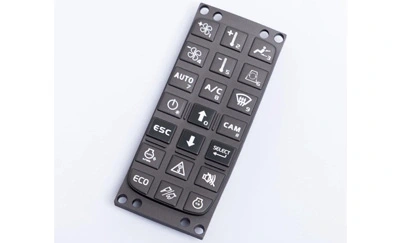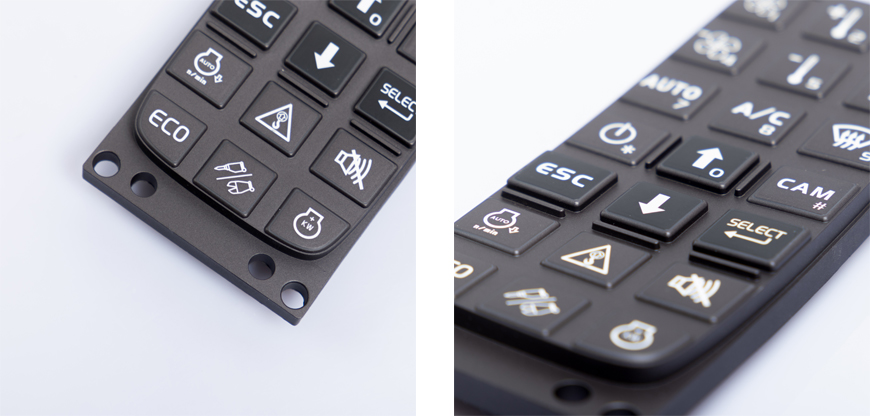
In today's fast-paced digital world, our smartphones have become an integral part of our lives. Samsung, a leading brand in the smartphone industry, produces devices known for their durability and performance. However, like any other electronic device, Samsung phones may encounter issues over time. One common problem users face is the need to replace the switch membrane. In this article, we will guide you through the process of replacing a Samsung switch membrane, ensuring your device functions smoothly once again. For those looking to source high-quality replacement parts, custom membrane keypad manufacturers can meet the specific requirements of your device, ensuring a perfect fit and reliable performance.

Before diving into the replacement process, it's essential to understand what a switch membrane is and why it's crucial for your Samsung device. The switch membrane is a delicate component that registers the touch or press of a button on your device. It is responsible for various functions, including volume control, power button, and home button. When it comes to replacing or repairing the switch membrane, sourcing a high-quality component is vital. This is where a membrane keypad manufacturer comes into play, ensuring that the replacement parts meet the original specifications and quality standards, thereby maintaining the functionality and longevity of your device.
The first step in resolving any issue is to identify the problem accurately. If you notice unresponsive buttons, delayed responses, or erratic behavior when using your Samsung phone, it's likely a switch membrane issue. Ensure that the problem is not caused by software glitches or other external factors before proceeding with the replacement.
To replace the Samsung switch membrane, you'll need some basic tools:
1. Small Phillips screwdriver.
2. Tweezers.
3. A plastic opening tool.
4. Replacement switch membrane (available online or at authorized Samsung service centers).
5. A clean, well-lit workspace.
Step 1: Power Off Your Device
Before beginning any repair, power off your Samsung phone to ensure your safety and prevent any potential damage to the device.
Step 2: Remove the Back Cover
Use the plastic opening tool to carefully remove the back cover of your Samsung phone. Be gentle to avoid damaging any components.
Step 3: Locate the Switch Membrane
Identify the specific switch membrane that needs replacement. It's usually located near the affected button or area of your phone.
Step 4: Disconnect the Battery
To prevent electrical mishaps, disconnect the phone's battery. This step is crucial to ensure your safety while working on the device.
Step 5: Remove Screws
Using the small Phillips screwdriver, carefully remove the screws securing the switch membrane in place. Keep track of the screws to avoid losing them.
Step 6: Replace the Switch Membrane
Gently lift the damaged switch membrane with the plastic opening tool and replace it with the new one. Ensure it is securely in place.
Step 7: Reassemble Your Phone
Reverse the steps you took to disassemble your phone, starting with securing the screws, connecting the battery, and reattaching the back cover.
Step 8: Power On and Test
After reassembly, power on your Samsung phone and test the repaired switch membrane. Ensure all buttons and functions work correctly.
Replacing a Samsung switch membrane may seem daunting, but with the right tools and careful execution, it can be a manageable DIY repair. Remember to follow the steps precisely and exercise patience throughout the process. By doing so, you can extend the life of your Samsung device and enjoy its full functionality once again.
Yes, it is safe as long as you follow the steps carefully and disconnect the battery before starting the repair.
You can find replacement switch membranes online through reputable sellers or at authorized Samsung service centers.
While it's helpful to have some technical skills, following a detailed guide like this one can help even beginners perform the repair successfully.
If you face challenges or are uncomfortable with any step, consider seeking professional assistance from a Samsung service center.
To prevent switch membrane problems, handle your Samsung device with care, avoid exposure to moisture, and use screen protectors and cases to protect it from physical damage.